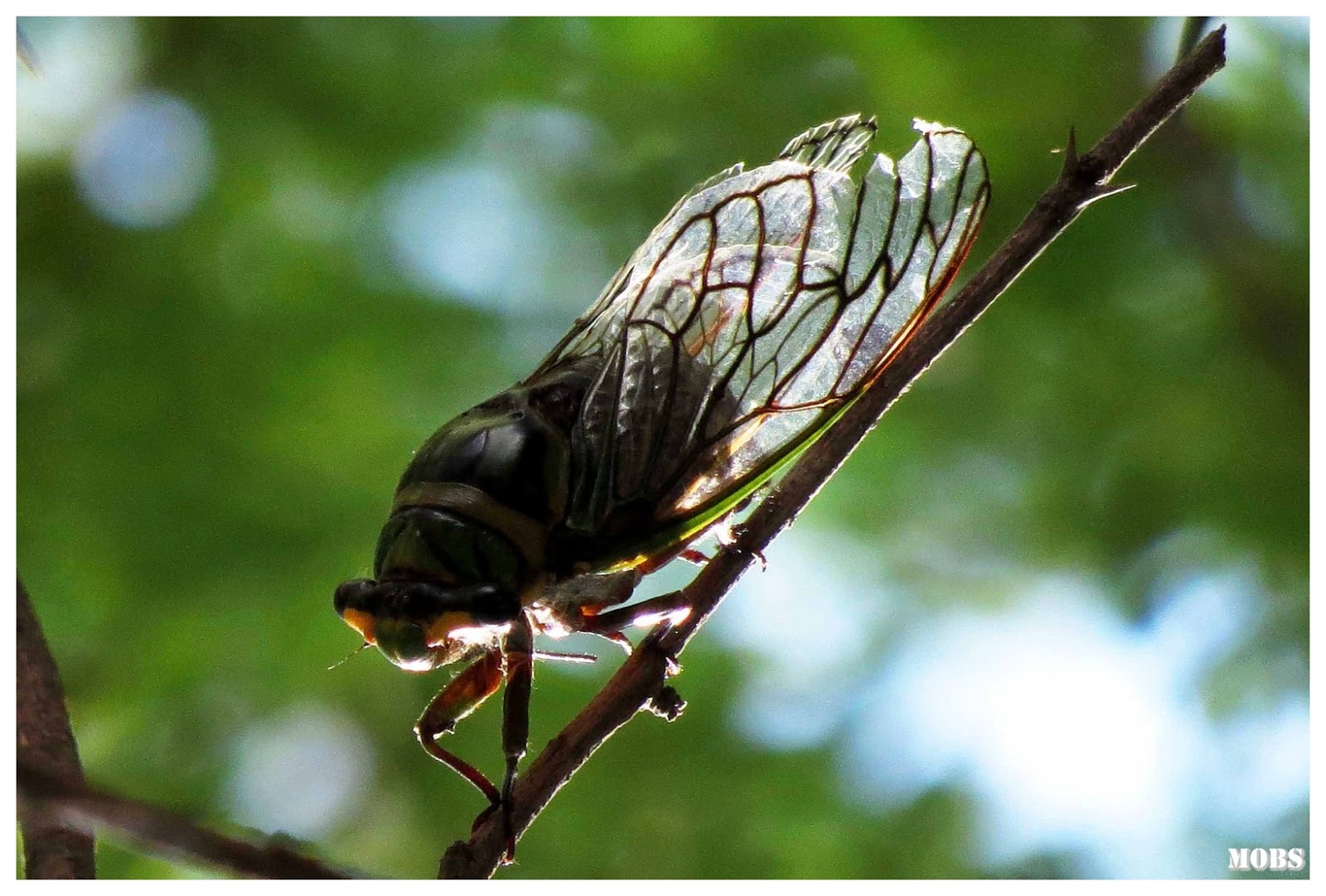

You could make a nice crèpe suzette from a cachapa.) Pulled pork, on the other hand, or pernil, was about as good as it gets - and made that much better by the little tub of aioli served on the side. (There is a reason high-fructose corn syrup comes from corn. Catira, shreds of chicken sautéed in a sofrito then put to bed under a blanket of melted cheddar cheese, was tasty, but not tasty enough to overcome the sweet interference of encircling cachapa. Some random tasting notes: la vegetariana, a compendium of tofu slats, avocado slices, plantains, and black beans, was difficult to eat because of the toughness of the tofu. These breads can be fitted out as you please, from a broad range of fillings that range from meatless to meaty, with scrambled eggs in between. The chupe soup ($3.99/small) was no match for the visual splendor of the salad - it looked like many another chunky chicken soup - but the chunks, which included chicken shreds, a segment of corn cob, and white rice, were weighty enough to give the soup a low center of gravity.Īt the heart of the menu are the corn flatbreads: arepas ($7.99, puffy, savory, made with white corn) cachapas ($8.99, flatter and more crepe-like, yellower, noticeably sweet) and the maize’wiches ($7.99), which combine elements of the first two. The vinaigrette was a bit sweet, but the salad as a whole, in addition to looking like a slightly loopy still-life painting with abstract tendencies, offered more snap, crackle, and pop than even the most antic breakfast cereal.
Pica pica san francisco full#
And I don’t mean “ingredient-driven” merely in the sense of going to the farmers market and fussing about seasonality but of using the wide panoply of possibilities available to kitchens from mighty to modest in this blessed part of the world, and of being aware not merely of flavor but of color and texture too.Ī nice example of the kitchen’s attentiveness to the full spectrum of sensual appeal is the bululú salad ($3.99), a jumble of roasted corn kernels, julienne red bell peppers, chunks of jicama and pineapple, quinoa, and daikon sprouts, with a syrupy passion-fruit vinaigrette on the side. Pollo, on Mission, though the name makes me think of Mister Ed, TV’s talking horse.) One difference is that Yunza offered full table service, whereas at Pica Pica you order at the counter and post a number at your table so they can find you when the food is ready.Īnother, more important but less obvious, difference is that Pica Pica’s cooking is (apologies in advance for this tiresome cliché) ingredient-driven, even beyond the dexterous use of maize. That menu is basically Venezuelan, which makes Pica Pica a successor of sorts to Yunza, a lovely little place that had a too-short run over on Fillmore Street about five years ago.

But the lighting has been freshened and clarified, the tabletops are made of a handsome composite, and the interior signage, which explains the menu’s various terms, is bright with primary colors. It recently moved into a space at the corner of 15th and Valencia streets that, through years of restaurant iterations, reminded me of nothing so much as those sheds ice fishermen huddle in.

Pica Pica isn’t that grandiose, of course. Corn is to the Americas’ more southerly peoples what wine grapes are to the French.
Pica pica san francisco movie#
And it’s full of ancient subtlety, a point too easily obscured by the mountainous heaps of American monoculture that helped make the movie King Corn so visually arresting. Corn is perhaps the greatest of the Americas’ food offerings to the rest of the world, with the potato, tomato, and cocoa bean not too far off the pace. Corn is the theme at Pica Pica, a “maize kitchen,” to drive the point home.


 0 kommentar(er)
0 kommentar(er)
